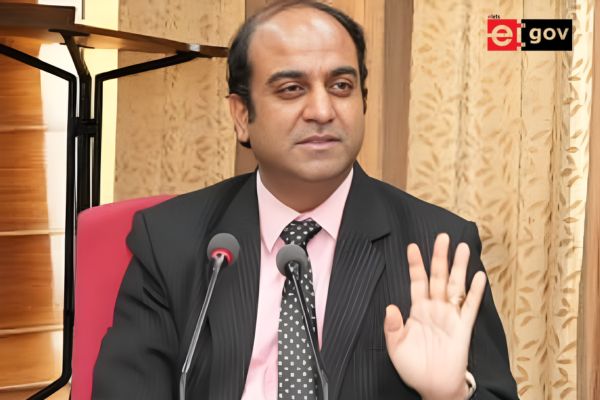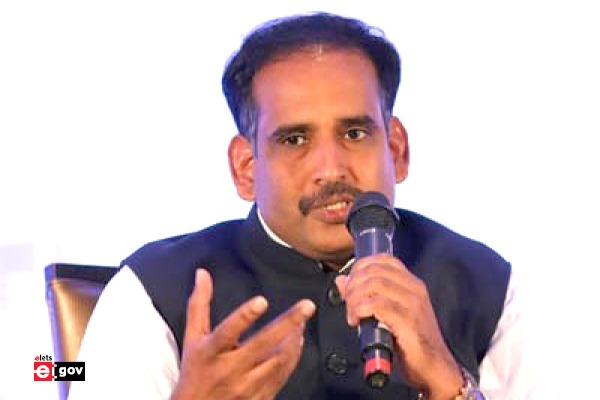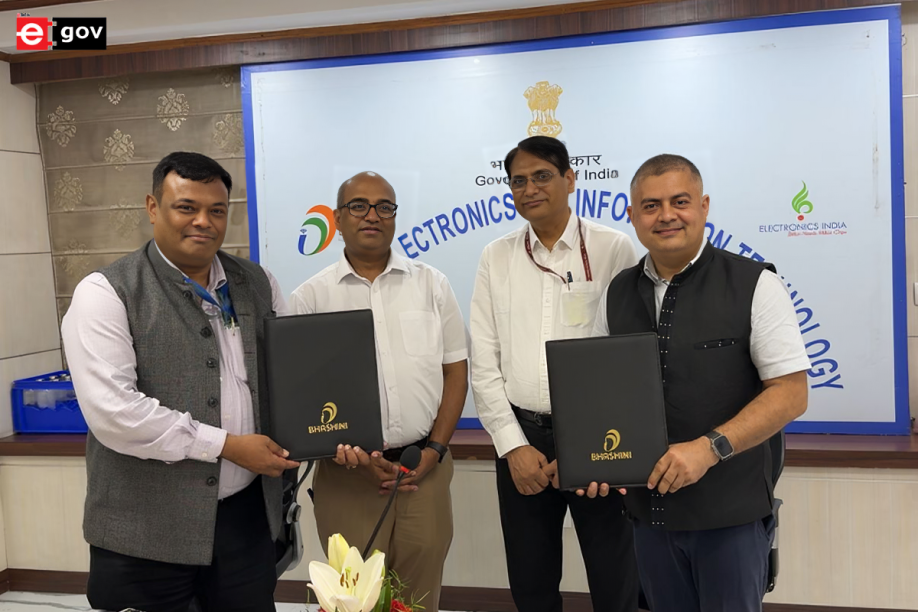
India has achieved a significant milestone in its renewable energy journey by surpassing 100.33 GW of installed solar power capacity. This accomplishment marks a major step toward the country’s ambitious goal of 500 GW of non-fossil fuel-based energy capacity by 2030. As of January 31, 2025, India had 84.10 GW of solar projects under implementation and an additional 47.49 GW under the tendering process, reinforcing its commitment to a sustainable energy future.
Union Minister for New and Renewable Energy, Pralhad Joshi, attributed this achievement to the leadership of Prime Minister Narendra Modi, emphasizing the transformative impact of government initiatives such as solar panels, solar parks, and rooftop solar projects. “India’s energy journey over the past decade has been historic and inspiring. Initiatives like the PM SuryaGhar Muft Bijli Yojana are making rooftop solar adoption a household reality, bringing sustainable energy to millions of people,” Joshi stated.

The nation’s solar energy capacity has expanded by an astounding 3,450% in the past decade, growing from 2.82 GW in 2014 to over 100 GW in 2025. Solar power now constitutes 47% of India’s total renewable energy capacity. In 2024 alone, India added a record-breaking 24.5 GW of solar capacity, more than double the installations from 2023. Utility-scale solar projects played a significant role in this growth, contributing 18.5 GW, nearly 2.8 times the previous year’s total. Leading states in solar energy adoption include Rajasthan, Gujarat, Tamil Nadu, Maharashtra, and Madhya Pradesh, which have played a pivotal role in accelerating the nation’s renewable energy transition.

India has also made remarkable strides in solar manufacturing. The country’s solar module production capacity has grown from just 2 GW in 2014 to 60 GW by the end of 2024. With continued policy support and investments, India is on track to achieve a solar module production capacity of 100 GW by 2030. This expansion is expected to strengthen the domestic supply chain, reduce dependency on imports, and position India as a global leader in solar manufacturing.

Despite these accomplishments, India’s journey to 100 GW solar capacity faced challenges. The COVID-19 pandemic caused disruptions in the supply chain, delaying project completion and pushing back the original target of 100 GW by 2022 by nearly three years. Nevertheless, the government’s continued efforts and strategic policy measures have enabled India to overcome these setbacks and maintain its trajectory toward achieving its renewable energy goals.

Comparing the current government’s renewable energy performance with the previous decade, India installed just 2.82 GW of solar capacity between 2004 and 2014 under the United Progressive Alliance (UPA) government. However, between 2014 and 2025, under the Modi administration, the nation added an impressive 100 GW, highlighting the government’s strong commitment to green energy.
Also Read | Tata Power Renewable Energy Partners with OREDA to Boost Solar Adoption in Odisha
India’s solar growth story, while impressive, still lags behind market leader China, which expanded its solar capacity from just over 4 GW in 2012 to an astounding 886 GW currently. However, with robust policy support, ambitious targets, and rapid advancements in technology, India is well on its way to becoming a global powerhouse in renewable energy and sustainability.
Be a part of Elets Collaborative Initiatives. Join Us for Upcoming Events and explore business opportunities. Like us on Facebook , connect with us on LinkedIn and follow us on Twitter, Instagram.
"Exciting news! Elets technomedia is now on WhatsApp Channels Subscribe today by clicking the link and stay updated with the latest insights!" Click here!













